Some plants are natural soil improvers—you just need to let them work their magic. Instead of constantly adding fertilizer, you can grow certain species that enrich the soil all on their own, reducing your workload and creating a healthier garden ecosystem.
These 9 plants form symbiotic relationships with soil microbes, drawing nitrogen from the air or releasing nutrients that benefit neighboring plants. They’re ideal for low-maintenance gardens and for boosting the fertility of tired soil without synthetic inputs.
In this article, discover 9 plants that fix their own soil—and learn how to use them to build a naturally thriving garden.
Hairy Vetch
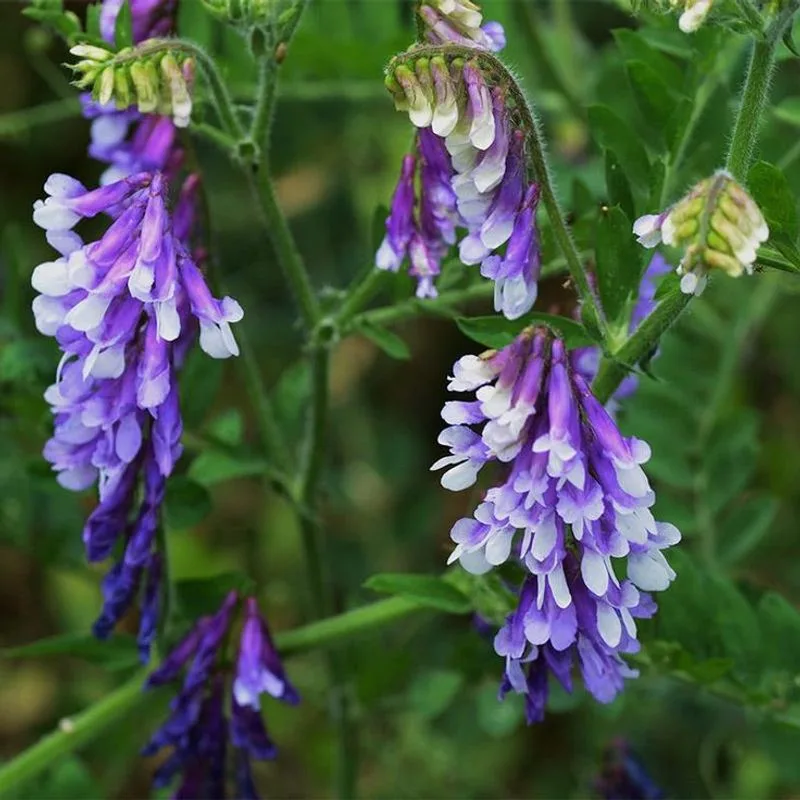
Hairy vetch, with its captivating purple blooms, not only adorns gardens but also enriches the soil. It’s a legume, which means nitrogen fixation is in its DNA. While you enjoy its beauty, it’s busy converting atmospheric nitrogen into a form plants love. This dual-purpose plant serves both as a cover crop and a green manure, making it a gardener’s ally. Plowing it back into the soil further boosts organic matter. Its resilience against pests also makes it a low-maintenance choice, allowing more time to relax and less on garden chores.
Red Clover
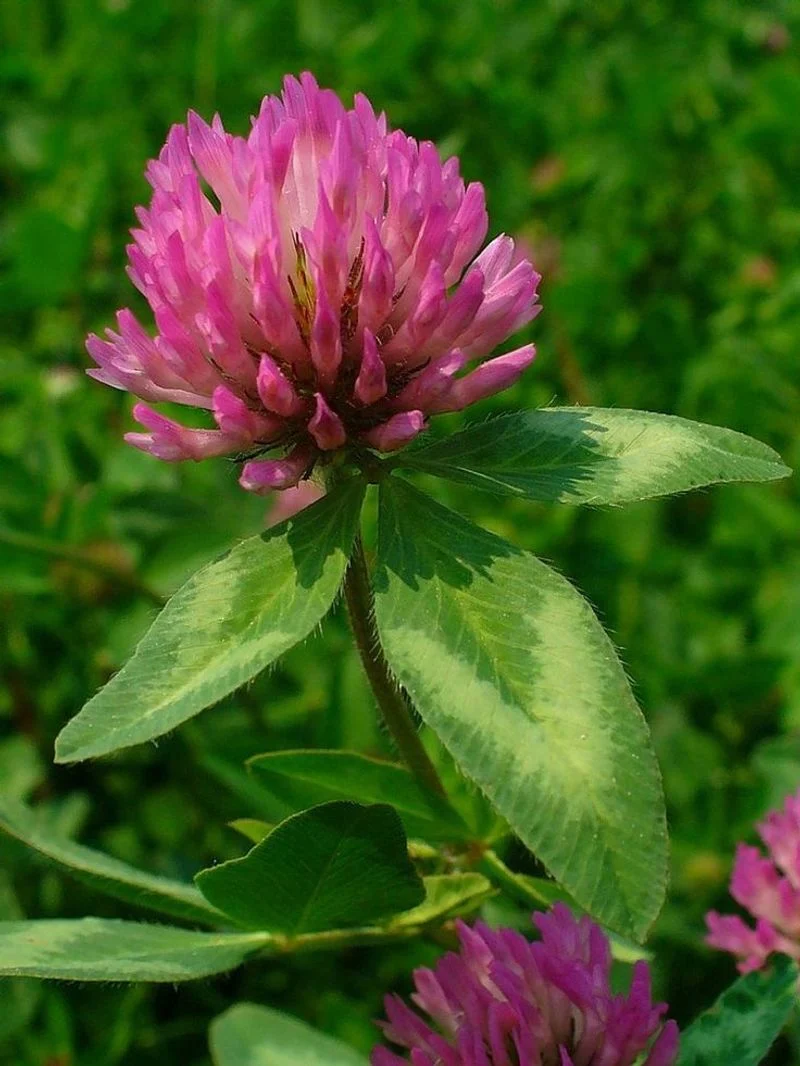
Red clover’s pinkish-red blooms are not just a treat for the eyes but a powerhouse for soil health. This legume efficiently adds nitrogen back into the earth, helping neighboring plants flourish. Its deep roots break up compacted soil, enhancing aeration. As a cover crop, it suppresses weeds naturally, reducing the need for herbicides. Additionally, red clover attracts bees, aiding in pollination and biodiversity. Farmers and gardeners alike cherish it for its multifaceted benefits that extend beyond mere aesthetics, promoting a thriving ecosystem.
Austrian Winter Peas
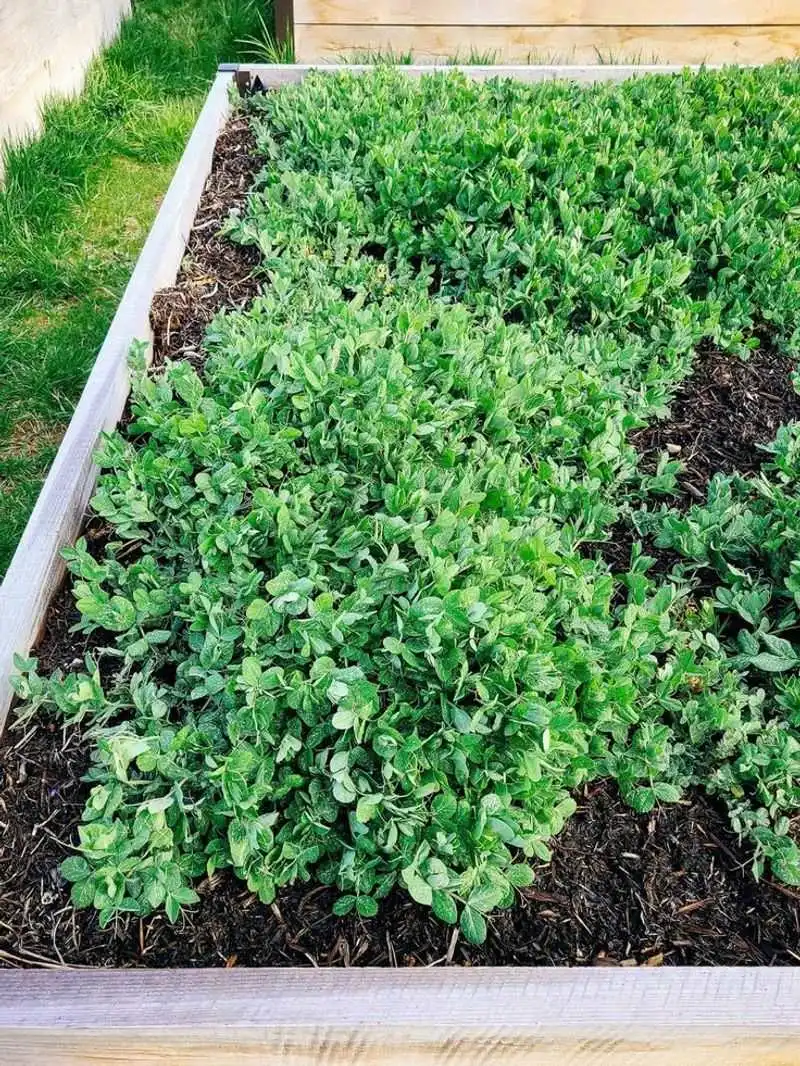
Austrian winter peas, known for their delicate white flowers, bring both beauty and functionality to gardens. As a cool-season legume, they play a pivotal role in nitrogen fixation. These peas work tirelessly through winter, rejuvenating the soil for spring planting. Their dense foliage provides excellent ground cover, preventing erosion and suppressing weeds. Beyond soil benefits, they also serve as forage for livestock. Gardeners favor Austrian winter peas for their ability to prepare the soil naturally, setting the stage for healthy, vibrant spring crops.
Fava Beans

Fava beans, with their robust growth, are a gardener’s friend during the cooler months. Not only do they produce protein-rich beans, but they also act as natural nitrogen fixers. As the beans mature, they enrich the soil, leaving it ready for subsequent crops. Their extensive root systems enhance soil structure, improving drainage and aeration. Moreover, fava beans tolerate cold weather, making them ideal for winter gardens. Their contribution to sustainable agriculture is profound, offering both nourishment and soil revitalization.
Alfalfa
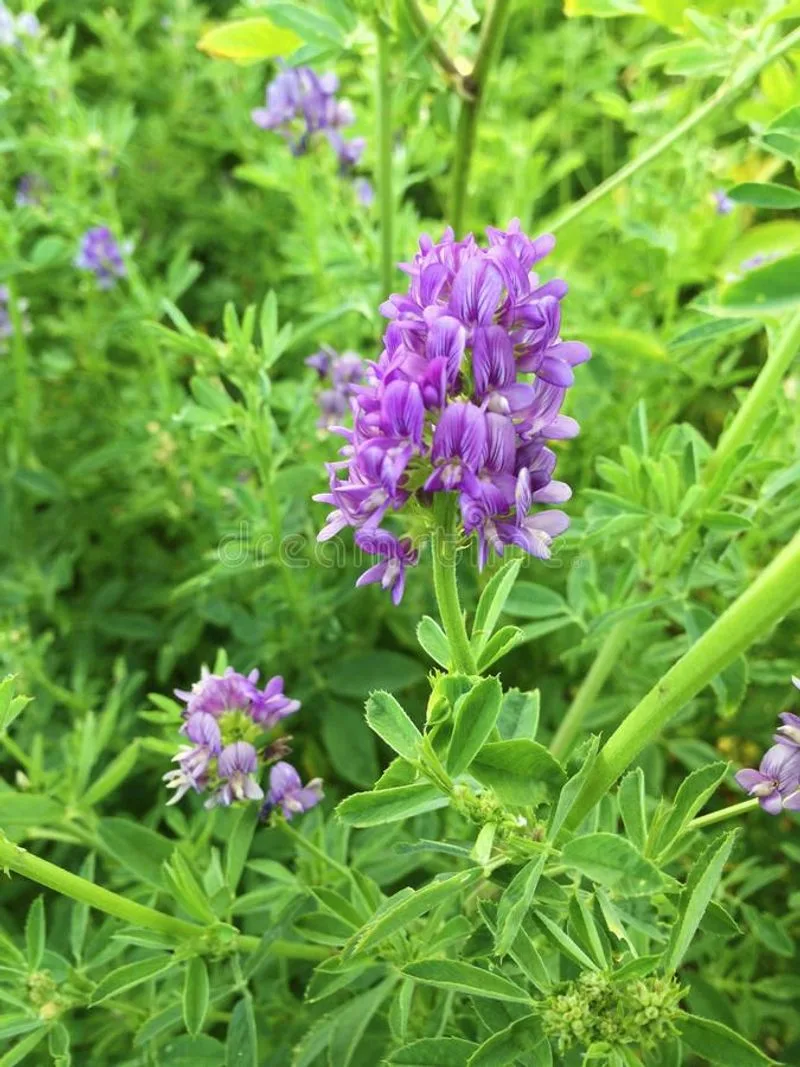
Alfalfa, often seen in vast fields, is a superstar in soil enrichment. Its long tap roots delve deep, breaking compacted layers and bringing nutrients closer to the surface. As a legume, it naturally fixes nitrogen, boosting soil fertility. Farmers value alfalfa for its high-protein forage, while its ability to prevent soil erosion is unparalleled. This perennial plant not only benefits the soil but also supports wildlife. Alfalfa’s impressive attributes make it a staple in sustainable farming practices, enriching both soil and ecosystems.
Soybeans
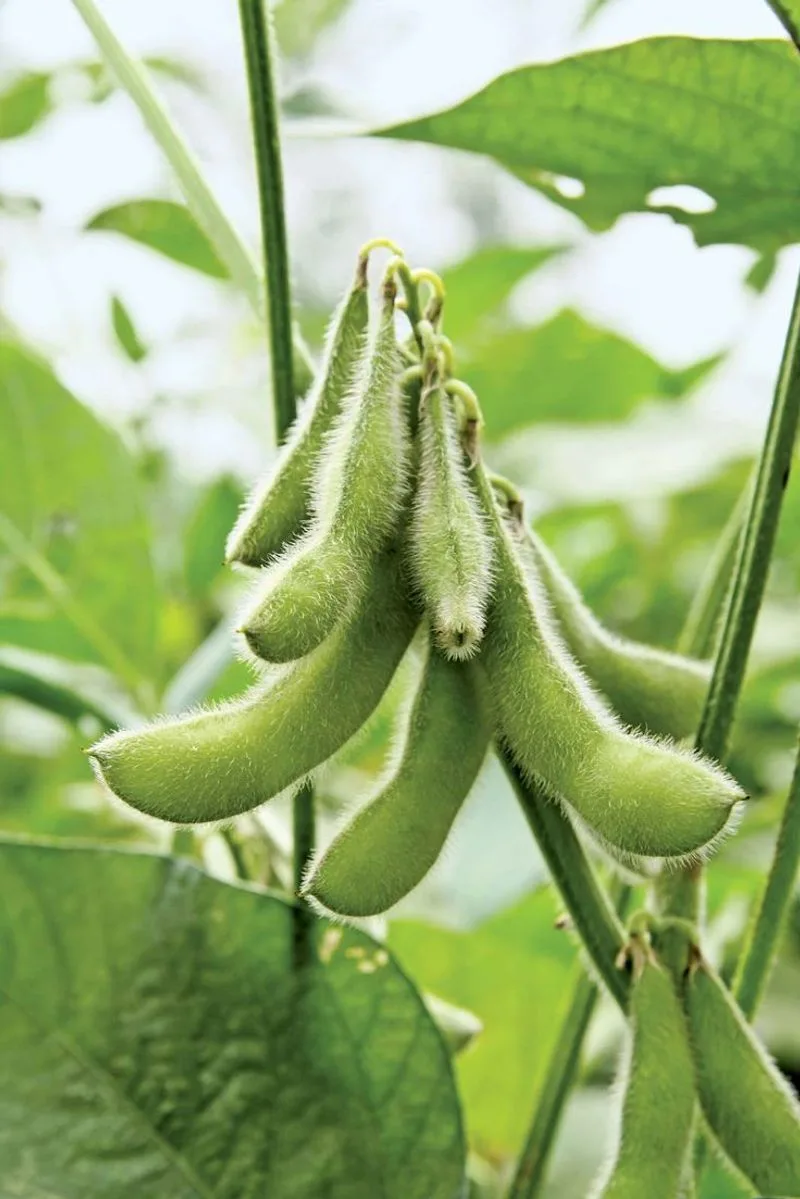
Soybeans, a fixture in many agricultural landscapes, are champions of soil health. They fix atmospheric nitrogen, reducing the reliance on synthetic fertilizers. As they grow, they improve soil structure and organic content. Their versatility extends beyond just soil; they’re a vital crop in food and industrial applications. Farmers appreciate soybeans for their adaptability and contribution to sustainable farming. The crop’s ability to replenish soil nutrients while serving numerous industries highlights its integral role in modern agriculture.
White Clover
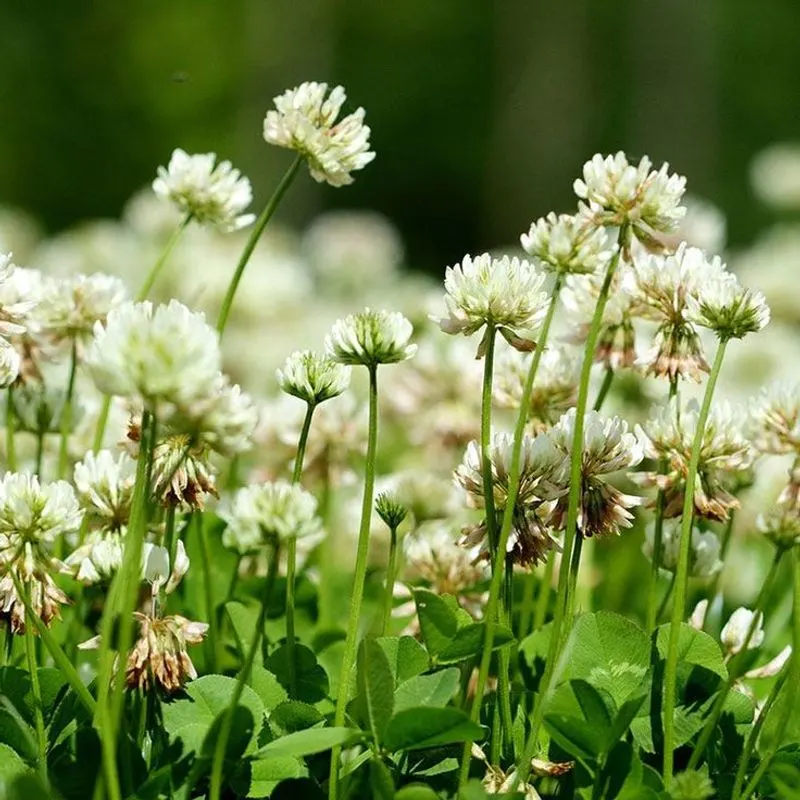
White clover, with its dainty white flowers, is more than a pretty ground cover. It’s a master at nitrogen fixation, returning nutrients to the soil. This perennial legume is often found in lawns, helping maintain their green vitality. Its low-growing nature suppresses weeds, reducing garden maintenance. White clover also attracts pollinators, supporting the local ecosystem. Beyond aesthetics, its role in soil improvement and biodiversity makes it a favorite among eco-conscious gardeners. Its blend of beauty and utility adds value to any green space.
Lupins
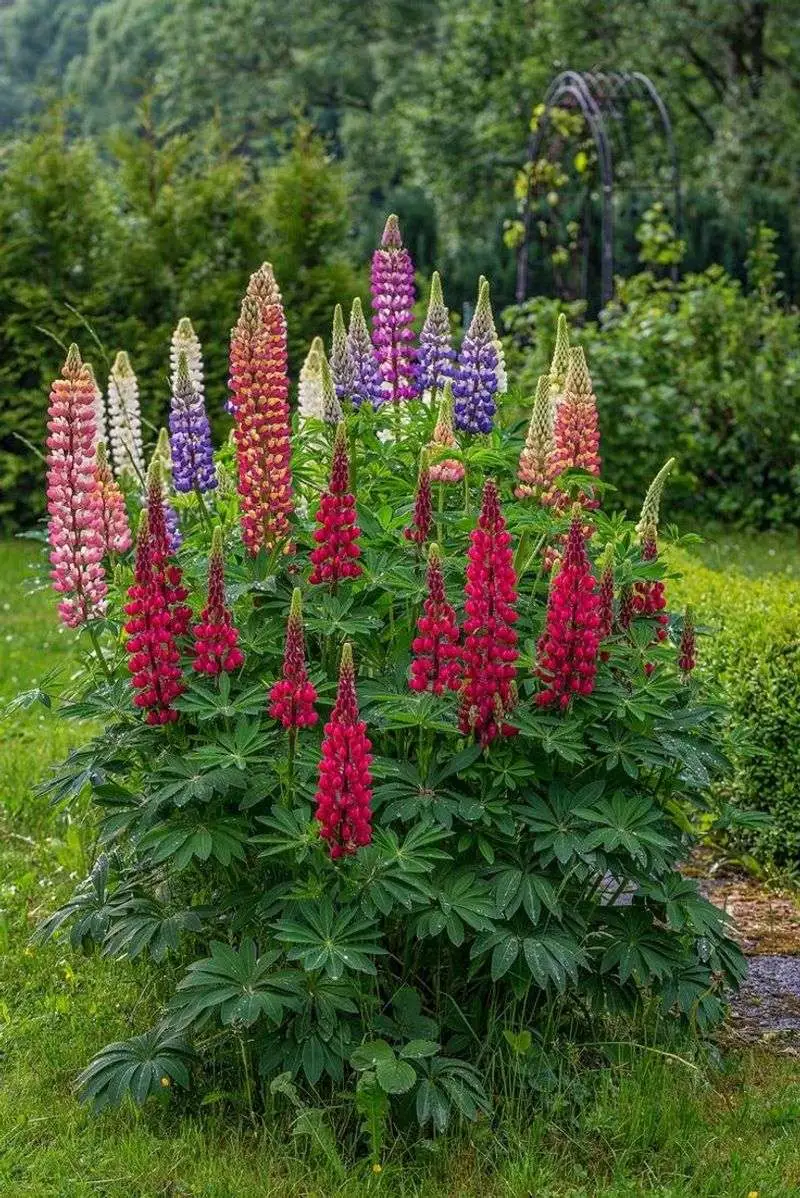
Lupins, known for their striking spires of blue and purple flowers, do more than just brighten gardens. They possess the unique ability to fix soil nitrogen, promoting fertility. As they grow, lupins enhance soil structure and organic matter. Their presence also aids in pest control, reducing the need for chemical interventions. Gardeners admire lupins for their dual role in beautifying spaces and enriching the earth. Their historical use in crop rotations illustrates their trusted position in sustainable agriculture practices.
Cowpeas
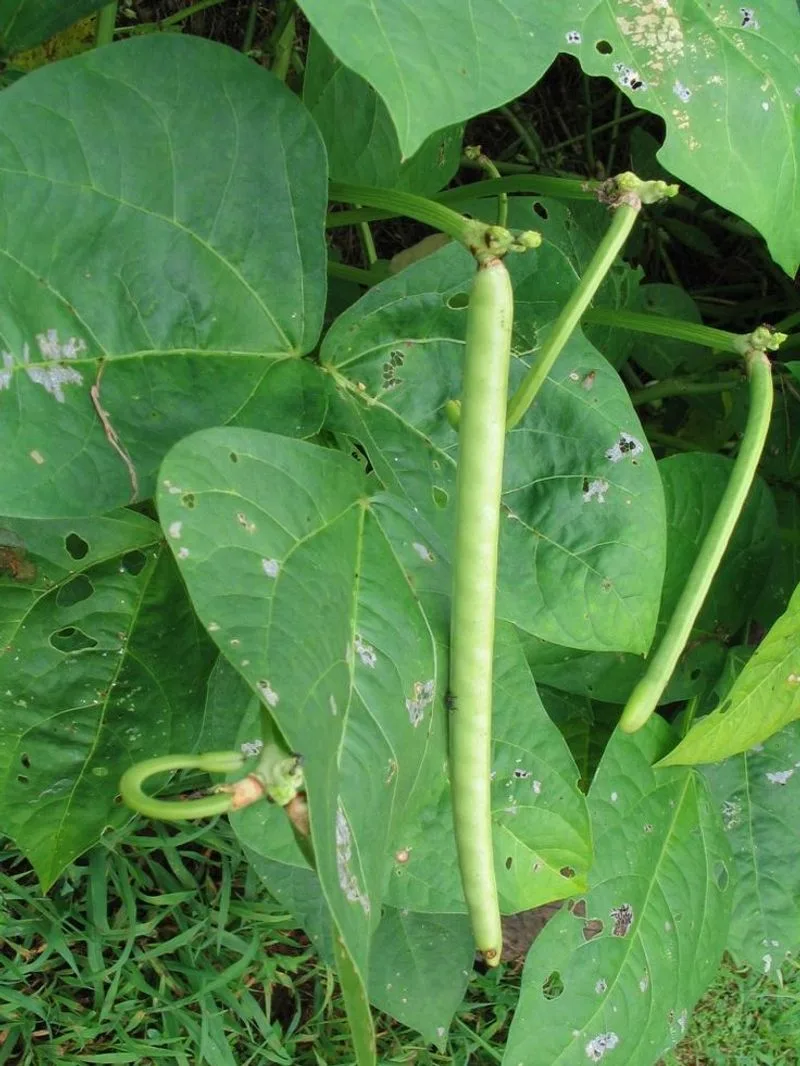
Cowpeas, with their vigorous vines and green pods, are a staple in warm climates. They thrive in poor soils, improving their condition through nitrogen fixation. As a cover crop, cowpeas suppress weeds, conserving soil moisture and reducing erosion. They’re also a food source, rich in protein and nutrients. Their adaptability makes them valuable in sustainable farming systems, providing benefits both above and below ground. Whether for soil enhancement or culinary use, cowpeas stand out as a versatile choice for gardeners and farmers alike.

